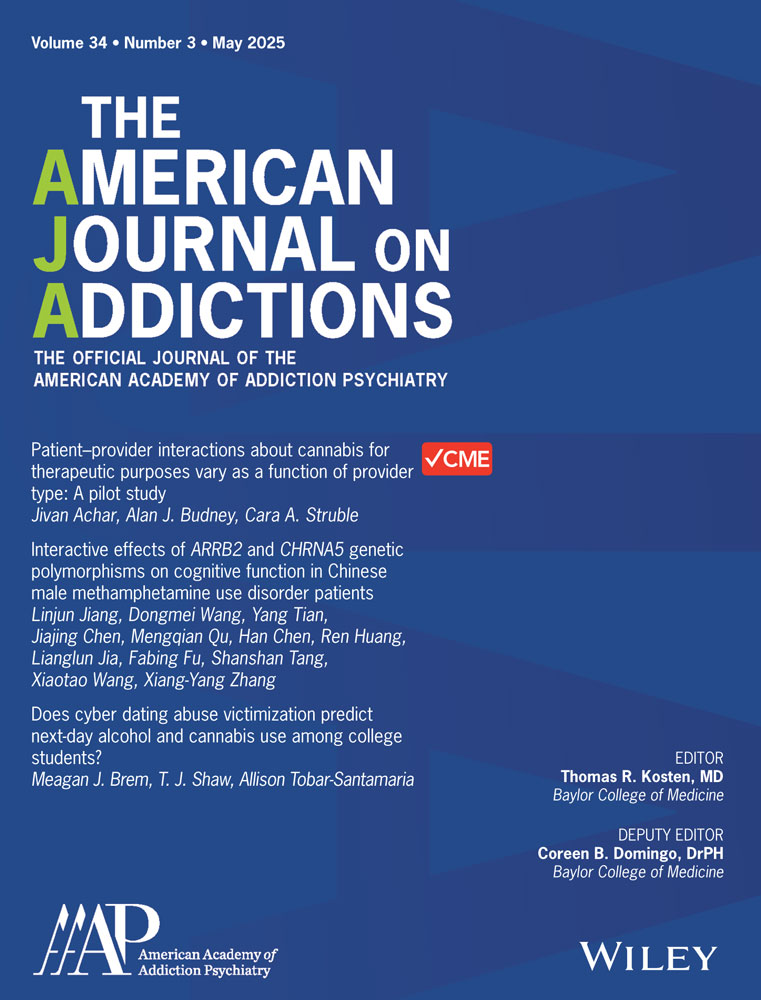Cannabis and the overdose crisis among US adolescents
Abstract
Background and Objectives
Since 2019, the drug overdose death rate among adolescents 14–18 years of age in the United States more than doubled. That cannabis legalization may have contributed to this tragedy is investigated by comparing the death rate in jurisdictions that have legalized medicinal or both medicinal and recreational use with those that have not.
Methods
Unintentional drug overdose death data for each state and District of Columbia (jurisdictions) were obtained from CDC WONDER and separately evaluated according to the jurisdiction legalization implementation of cannabis: recreational legalization, medicinal legalization but not recreational legalization, and nonlegalization.
Results
After a decade of similar and decreasing overdose death rates, jurisdictions that implemented cannabis legalization had a statistically significant greater increase in overdose deaths than nonlegalizing states. Those that implemented recreational legalization had the greatest increase, in which the rate was 88%, 479%, and 115% greater in 2019, 2020, and 2021, respectively, than in nonlegalizing jurisdictions. The overdose death rate versus cannabis legalization correlations are apparent in both females and males and in White, Black, and Hispanic individuals, and a statistically significant greater rate increases between recreational cannabis legalization implementation and nonlegalization.
Conclusion and Scientific Significance
Legalization of cannabis is associated with overdose deaths in American adolescents, especially recreational legalization, and regardless of sex or White–Black–Hispanic race/ethnicity. Cause and effect relationships of these previously unreported correlations, if verified, merit investigation of biologic and psychosocial mechanisms, interventions, and prevention strategies.
CONFLICT OF INTEREST STATEMENT
The authors declare no conflicts of interest. The authors alone are responsible for the content and writing of this paper.




